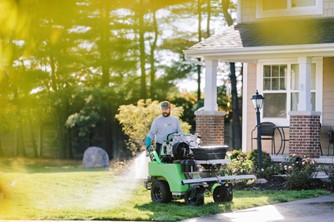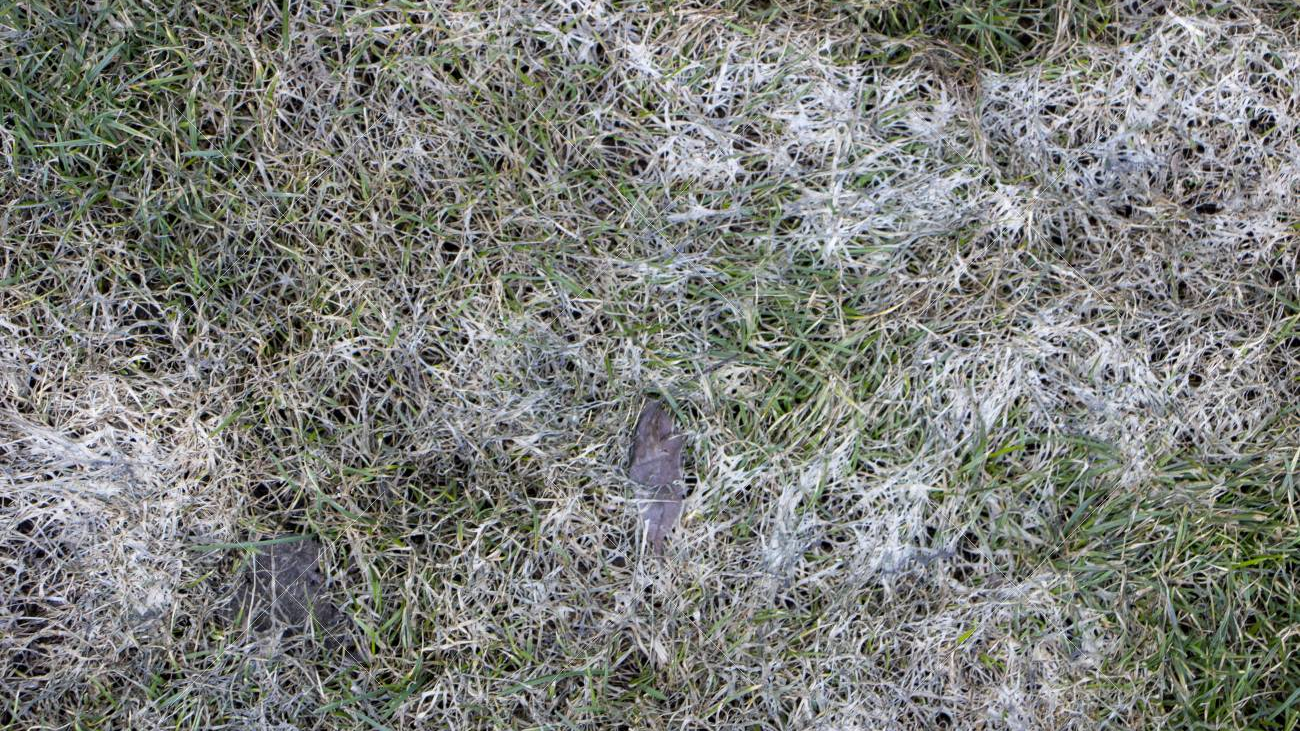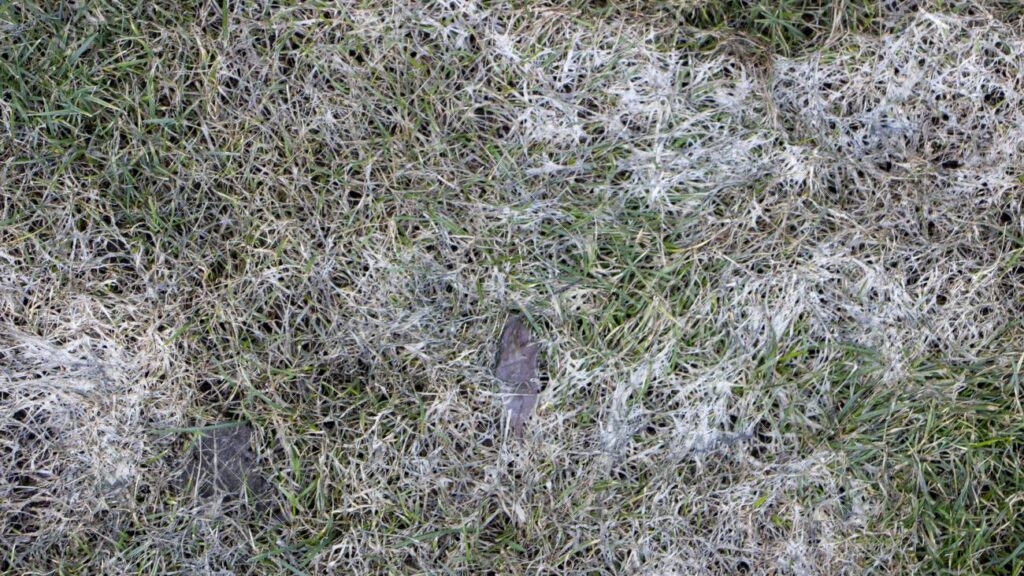
Signs Of Snow Mold
March 5, 2021
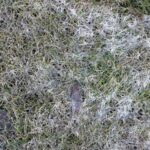
With spring quickly approaching, we can look forward to warmer weather coming soon after! As the snow begins to melt, you may experience a very common problem in your lawn, snow mold.
Knowing what to look for and how to prevent or treat your lawn from snow mold, can help you spot and address this fungus for the future.
It usually appears as the snow cover begins to melt and may continue to thrive and spread as long as the weather is cool and damp. Usually, the discolored spots begin to shrink as the weather becomes hot and dry.
What Is Snow Mold
You may see snow mold damage occur in two different types, pink mold and grey mold. Pink mold forms under wet snow, causing the most damage to new or short-cut grass. This mold can survive anywhere from 32 degrees to 60 degrees, or as long as the ground is damp.
Gray snow mold grows where there is consistent snow cover for long periods of time. It can actually be found in infected plants or soil during the summer. This type of mold can cause long lasting damage to your lawn, growing anywhere from 32 to 45 degrees in the cool season.
Both molds will resemble a spider-web like substance and begin growing when temperatures start to warm enough for the fungi to thrive.
Symptoms
Warning signs of snow mold are easy to spot once the snow is gone. As the snow melts, you may start to see straw-colored patches across your lawn appear. This size can range anywhere from a few inches, to several feet. As long as the grass is cold and wet, these circular patches will continue to expand.
The patches are usually matted down and crusty. There are a few shades of color that snow mold develops as. Gray mold will be white or gray in color. Whereas pink mold will be white, pink, or tan in color. Sometimes you may even see mushrooms begin to sprout in these patches as well.
Treatment And Prevention
Although snow mold is a fungus on your lawn, it is not something that is a serious concern. It will eventually dry up once the weather warms up and is unable to survive in the environment anymore.
If you see any affected areas you can gently rake them to help dry it out faster. You can also continue to mow your grass per usual, even over the affected areas. Tall grass can contain moisture and promote fungal growth.
Removing leaves and any other debris in the fall, while also continuing to mow your lawn on a regular schedule, will help prevent snow mold before winter comes. When it does snow, if there are any patches of snow not melting, you can spread the drifts of snow out so that mold doesn’t begin to grow underneath.
Snow mold is dormant during the warmer months, so it is best to take preventative steps at the end of the summer. Healthy lawn maintenance will keep you one step ahead of this lawn disease.
If you wish to find out more on how to recover from snow mold click HERE.
Some Steps You Can Take To Prevent Snow Mold:
- Mow your lawn into the fall, after the growing season. Make sure to cut grass short for the last mow
- Rake and mulch leaves regularly in the fall to prevent them from piling up on the lawn for too long
- Reduce any long-standing piles of snow, especially in shady areas
- Remember, applying chemicals to already affected areas won’t do much to help any damage that has already occurred. The time to apply fungicides is in the late fall, before the first large snowfall.
![]()
The post Signs Of Snow Mold appeared first on Lawn Squad.
Recent News
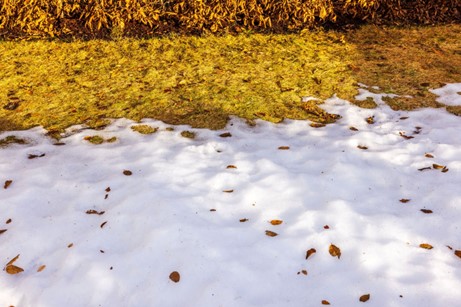
Reviving Your Dormant Lawn: A Guide for Northern Homeowners
November 14, 2024
As the change of seasons approaches in northern states, many homeowners start to notice their...

The Fall Growing Season in the North – A Crucial Time for Your Lawn
October 24, 2024
As the crisp air settles in and the leaves begin to change, fall is a...
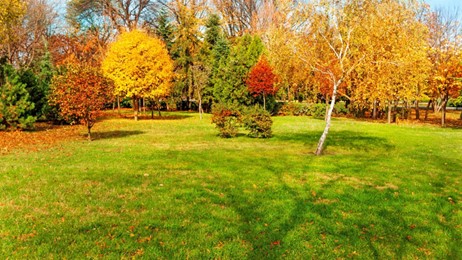
The Importance of Limestone Applications for Your Fall Lawn Care
September 17, 2024
As fall settles in, it’s time to focus on preparing your lawn for the winter...
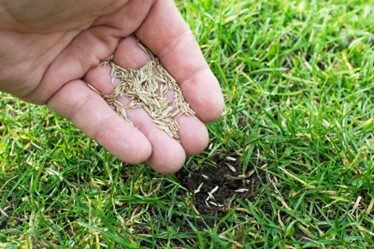
Be Prepared for Fall Aeration and Overseeding
August 19, 2024
When it comes to lawn care in the north, many people think they can stop...
